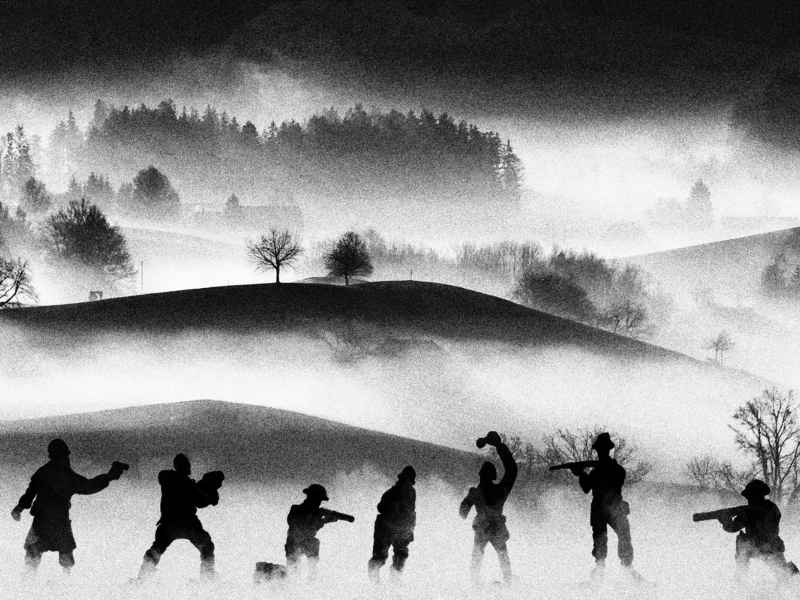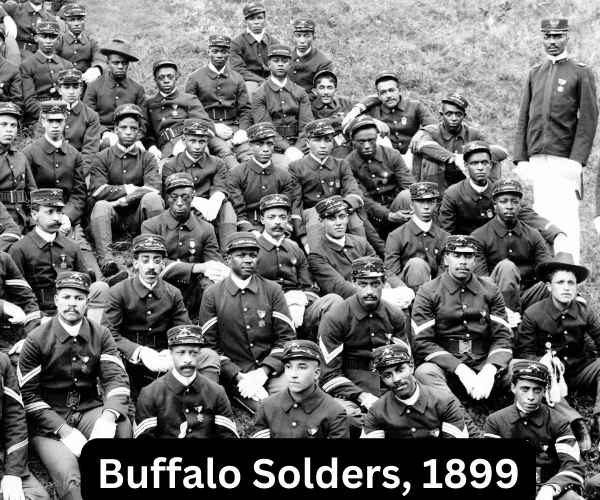The 2010 U.S. Census recorded 33,988 black Americans with Shaw as their last name. That represented 21% of the total of 160,400 entries.
This article tracks their numbers in the census since the Civil War. We also look at historic African American people named Shaw.
We end with a review of early records of black military service in the United States.
After The Civil War

The 1870 census was the first survey after the Civil War and the Emancipation Proclamation. In 1850 and 1860, only free African Americans were recorded in the census. The many enslaved were omitted.
From 1870 onward, all black Americans were included.
3,221 people named Shaw were recorded in the 1870 census as black and 364 as mixed.
There was a total of 35,826 people with the name.
Shaw In The 1900 And 1940 Census
The mixed category was dropped from the census in 1900, so we just need to look at the black numbers this time.
The 1900 census recorded 7,756 people with the last name Shaw as black within a total of 59,298 that year.
By the way, the mixed category returned in the 1910 and 1920 censuses. It was dropped again in 1930, but replaced with extra categories for colored and non-white in a way that seems confusing now.
This changed again in 1940 and we can simply focus on one black category.
The 1940 census recorded 12,688 people named Shaw as black within a total of 89,952.
Historic Black Figures With The Shaw Surname

Here are some notable African Americans in history with Shaw as their last name.
Edward Shaw
- Born: 1826
- From: Kentucky
- Died: 1891
Edward Shaw moved to Memphis in the early 1850s. Little is known of his life before the Civil War, but he established a thriving saloon afterward and qualified as an attorney. He also edited a local newspaper, the Memphis Planet.
Shaw was a forceful activist who campaigned for civil rights. He spoke at a mass political meeting in 1868 that was disrupted by the KKK who opened fire on the crowd. It’s reported that attendees fired back.
He also challenged the Republican Party’s two-faced attitude to the African American community whom they courted for votes. This saw a shift in Memphis where black candidates were more supported within the party. This was a relatively short-lived period before the advent of the Jim Crow era.
Esther Popel Shaw
- Born: 1896
- From: Harrisburg, Pennsylvania
- Died: 1958

Esther Popel self-published a book of poetry as a senior in high school in 1915. She was the first black woman to graduate from Dickinson College in Carlisle, Pennsylvania, and was top of her class. She married William Shaw in 1925.
Esther taught at junior high school for forty years. She was active in civil rights organizations for African Americans and women. She had a particular interest in educational opportunities.
Esther Popel Shaw’s poetry was often published in The Crisis, the NAACP’s journal. Her acclaimed poem “Flag Salute”, about the lynching of George Armwood in Maryland, was first published there in 1934.
Some of her other notable poems are “Night Comes Walking” and “Blasphemy – American Style”. One of my personal favorites is “April Passed My Way”, a gentle elegy to lost love.
Her circle included other poets like Langston Hughes as part of the Harlem Renaissance.
The Harlem Renaissance after the First World War was a period when African American art, literature, and music flourished around Harlem.
Painters, poets, writers, and musicians established a creative hub of black culture in the United States. The movement was hugely influential on the development of black literature and art through the twentieth century and today.
Other Black Poets
Here are some other notable African American poets in history:
Shaw In Black Military Records

Military records are a rich resource of information for family history research. Here are examples of the Shaw surname from military service.
Buffalo Soldiers
Five regiments for black soldiers were formed during the Civil War. They were known as the Buffalo Soldiers.
Their records are part of the national archive of military monthly returns. The information includes the year and place of birth, where they enlisted, their occupation, and their height.
One of the earliest military entries for Shaw was in June 1873. Thomas Shaw was a 1st Sergeant in the U.S. Ninth Cavalary. He was stationed in June 1873 at Brownsville, Texas.
One of the later entries was in February 1914. Lephoy Shaw was a Private in the U.S. Tenth Cavalry.
If you are researching military ancestors, there is a free index of these records on Ancestry.com and FamilySearch.org.
You have to create an account on either website, but you do not need to pay for the Buffalo Soldiers archive.
Black Civil War Sailors
The National Parks Service has a free archive of African American sailors during the Civil War.
The information includes their age, height, rank, occupation, and where and when they enlisted. It also includes every ship that they served on.
You can search the database on the National Parks website.
Brooks Shaw
One of the earliest entries for Shaw was for Brooks Shaw from Washington, District of Columbia. He enlisted in August 27 1863 at New York when he was aged 22.
The record shows that Brooks was assigned on April 1 1864 to the ship Britannia.
His occupation before enlisting was as a Waiter. His naval rank was Landsman.
“Landsman” was the lowest rank at the time and was given to recruits with little sea experience.
George Shaw
One of the later entries was for a sailor who enlisted at Cairo in October 6 1864. George was aged 19 and was from Hall Co., Georgia.
He was assigned to the ship Oneota on March 31 1866.
His occupation before enlisting was as a Laborer. His naval rank was 2nd Class Boy.
“2nd Class Boy” was a rank assigned to young men who were under eighteen when they enlisted.